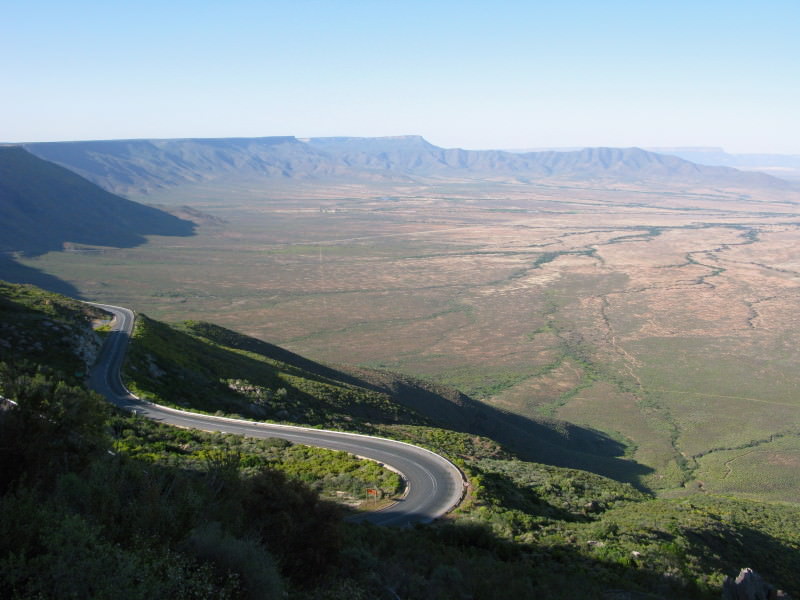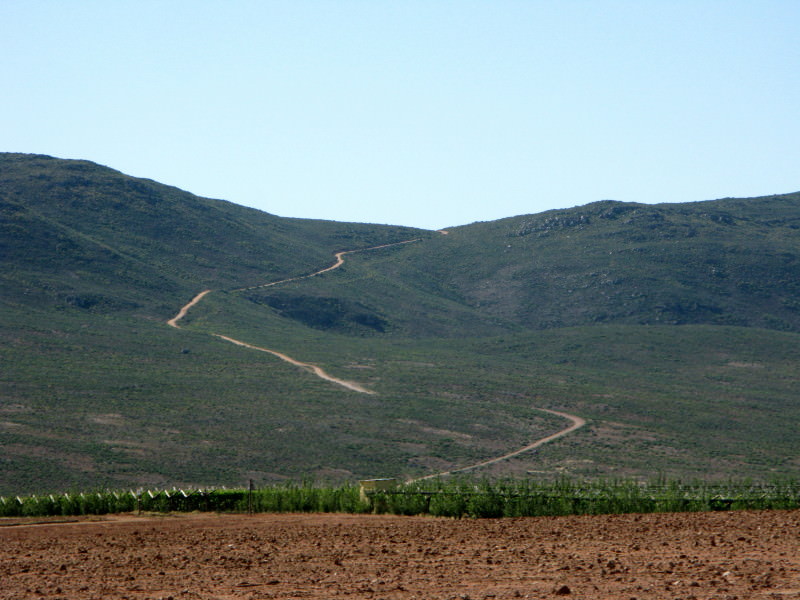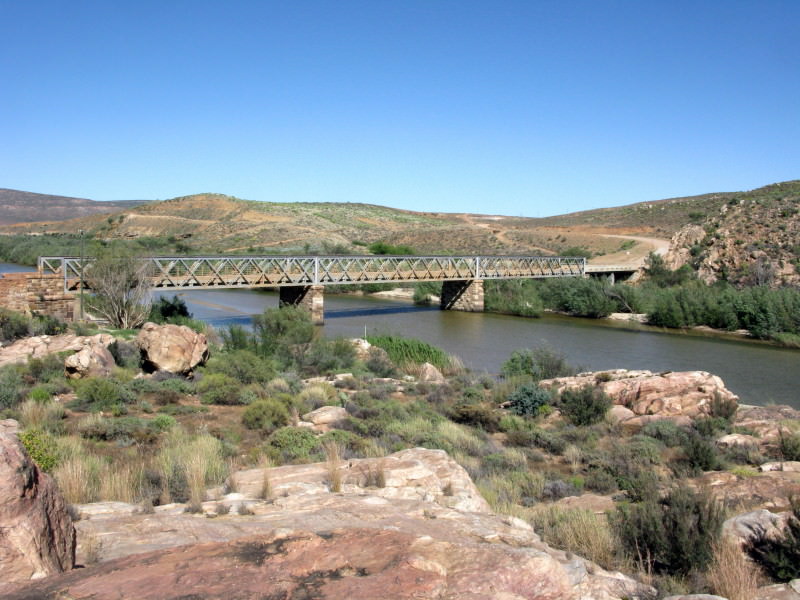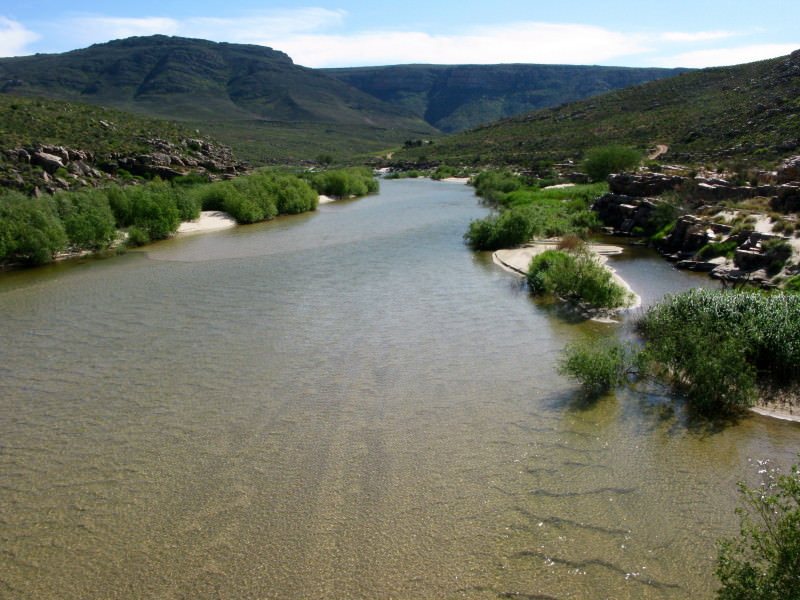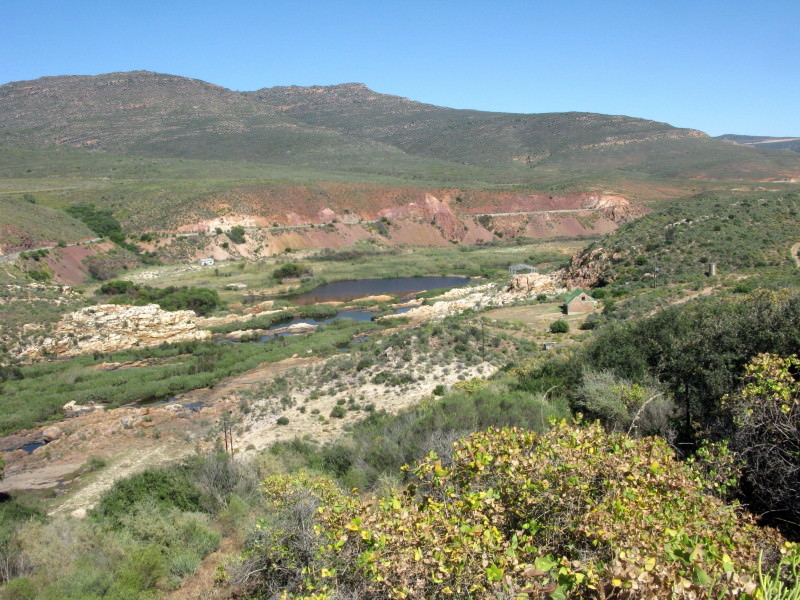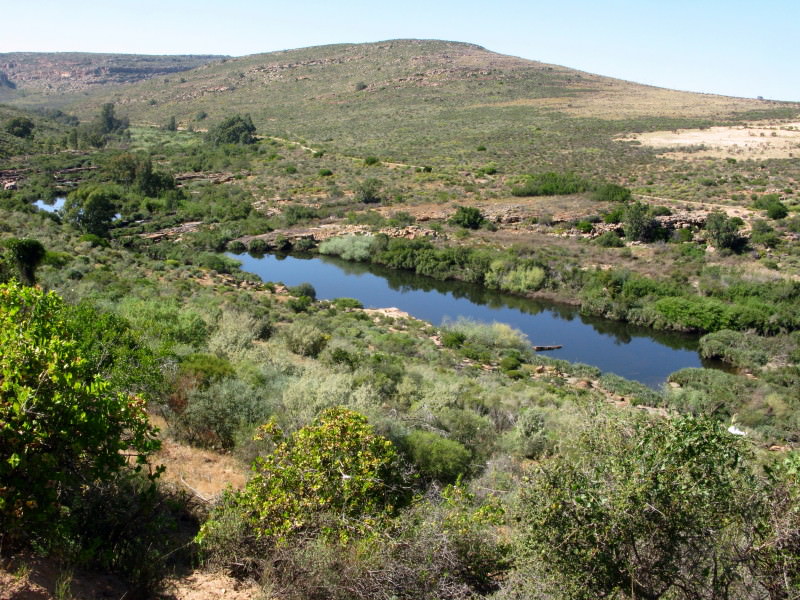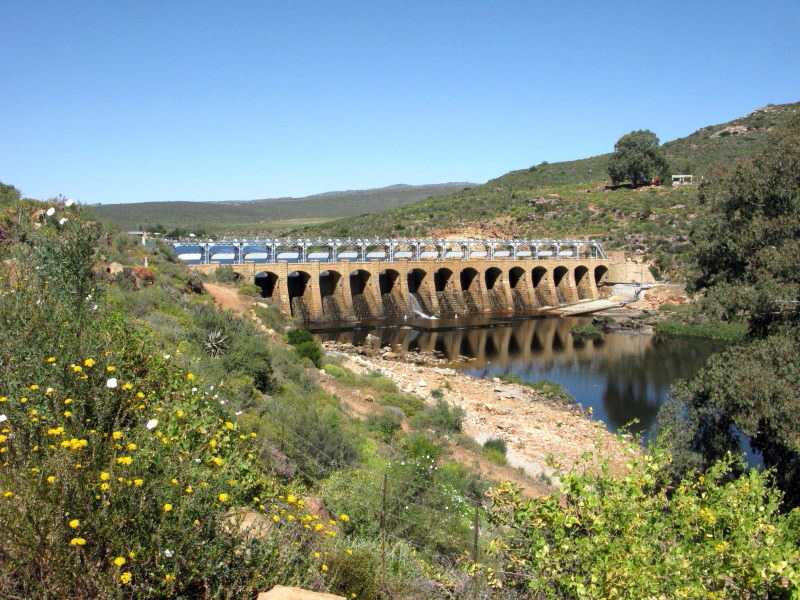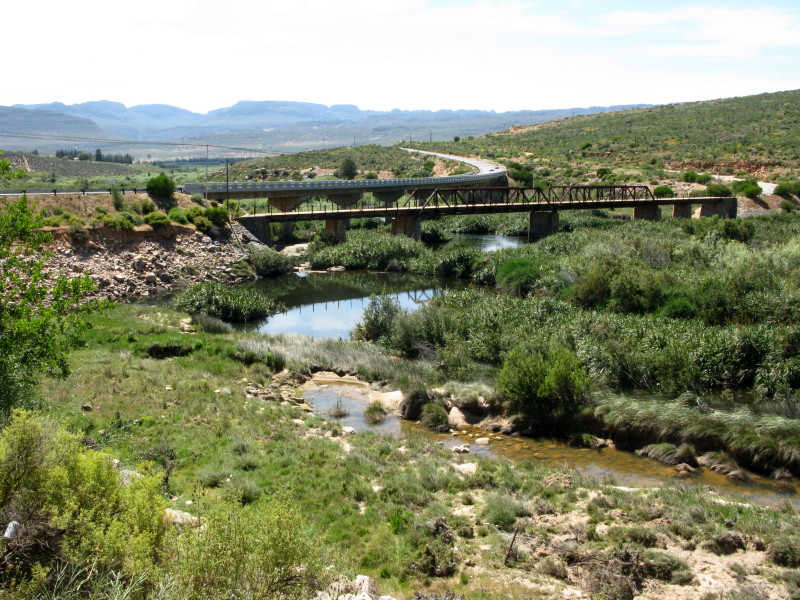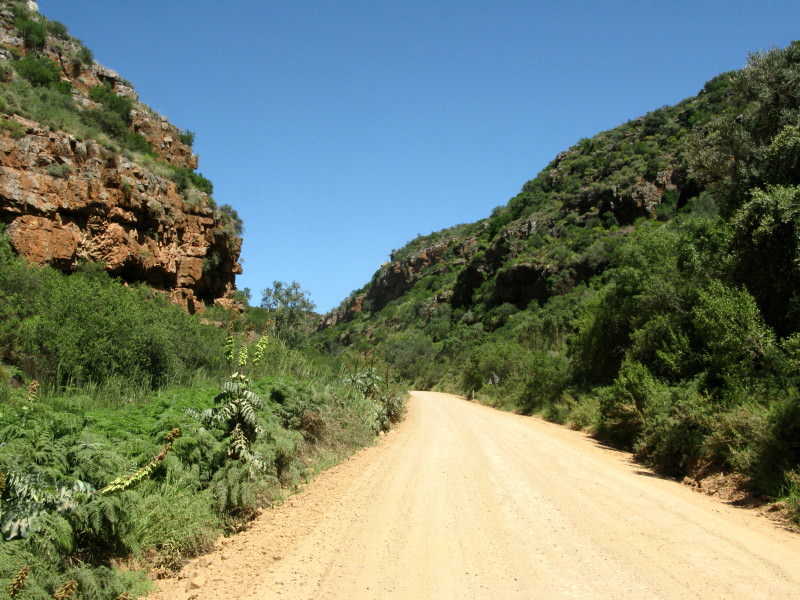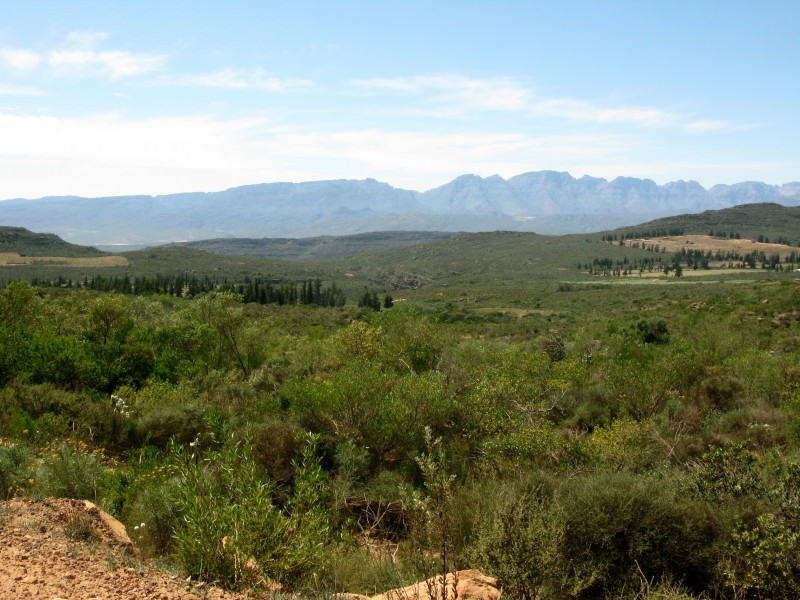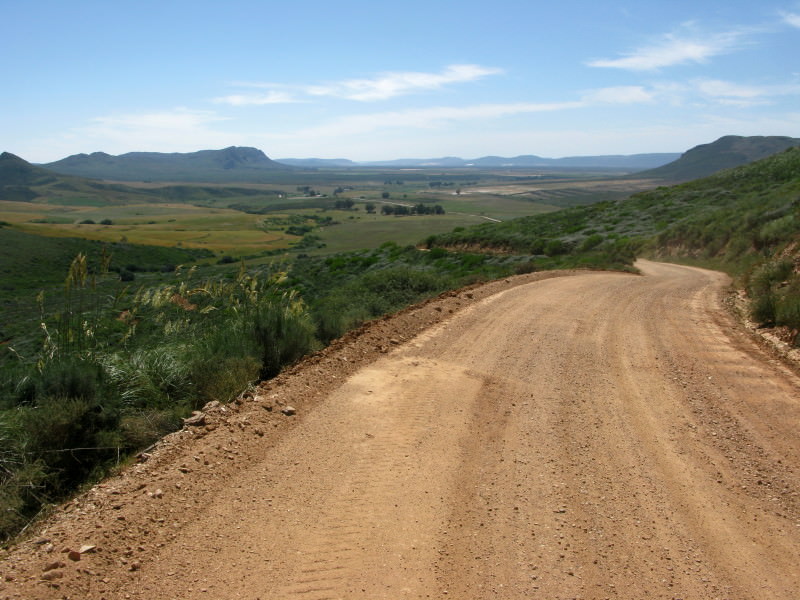Andy660
Grey Hound
Well . TT , this is definitely one of your best reports ever.
Strange , I was never interested in History at school , but having joined the WD and having met such interesting people and gone to such inspiring places , I must say , I feel quite privilege to have met someone like you , Ant. and not forgetting , my good friend Crossed-up , (whom you introduced me to.)
Thoroughly enjoyed reading your report and looking at all you great pics.
Must admit , I had to try and stop clicking all your reference links as I was getting more sidetracked and it was already taking me so long to get your to the end of your RR.
I think I`ll read it again tomorrow again.
Wish I had the time on my hands , to just close shop and ride with you someday.
Strange , I was never interested in History at school , but having joined the WD and having met such interesting people and gone to such inspiring places , I must say , I feel quite privilege to have met someone like you , Ant. and not forgetting , my good friend Crossed-up , (whom you introduced me to.)
Thoroughly enjoyed reading your report and looking at all you great pics.
Must admit , I had to try and stop clicking all your reference links as I was getting more sidetracked and it was already taking me so long to get your to the end of your RR.
I think I`ll read it again tomorrow again.
Wish I had the time on my hands , to just close shop and ride with you someday.






